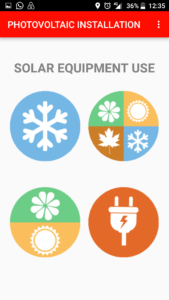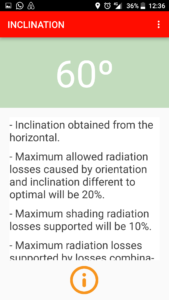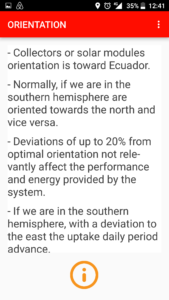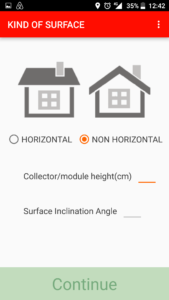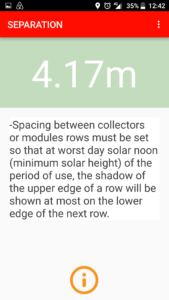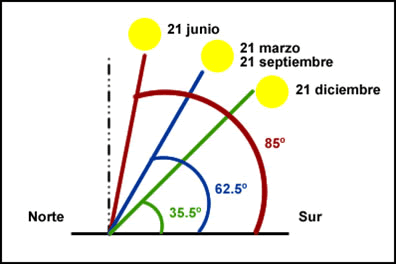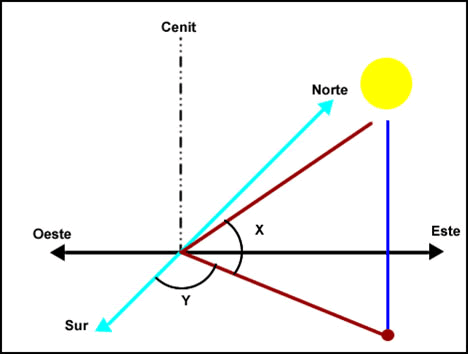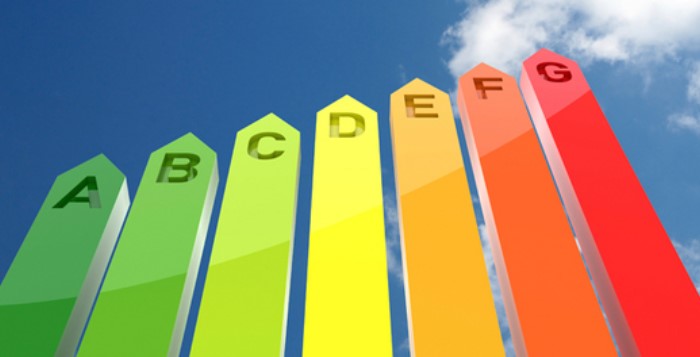Solar thermal energy systems for domestic applications will be increasingly present in the built landscape and will be promoted by regulations such as solar ordinances or future building technology standards.
The most basic system is the compact equipment called thermosiphon, which incorporates all subsystems and where the fluid circulates naturally (difference in densities).

Solar thermal systems use the sun’s rays to get hot water or air.
Special plates, called collectors, concentrate and accumulate Sun heat and transmit it to the fluid we want to heat.
This fluid can be home’s drinking water or home’s heating or cooling hydraulic system.
Generally a thermal solar energy system is constituted by several subsystems, which in turn can be considered as interdependent systems connected to each other.
However, sometimes the same physically independent element performs several functions within the solar system.
These different subsystems are:
a) Capture system: composed of solar collectors. They are responsible for receiving the solar radiation and transmit it to the fluid that circulates inside.

b) Accumulation system: composed of one or more deposits to accumulate the hot water generated up to the moment of its use.

c) Hydraulic system: composed of the pumps and pipes through which the working fluid circulates. A primary circuit transports the energy captured to the accumulator. The circulation of the fluid through the pipes is performed by a circulation pump or by natural circulation.
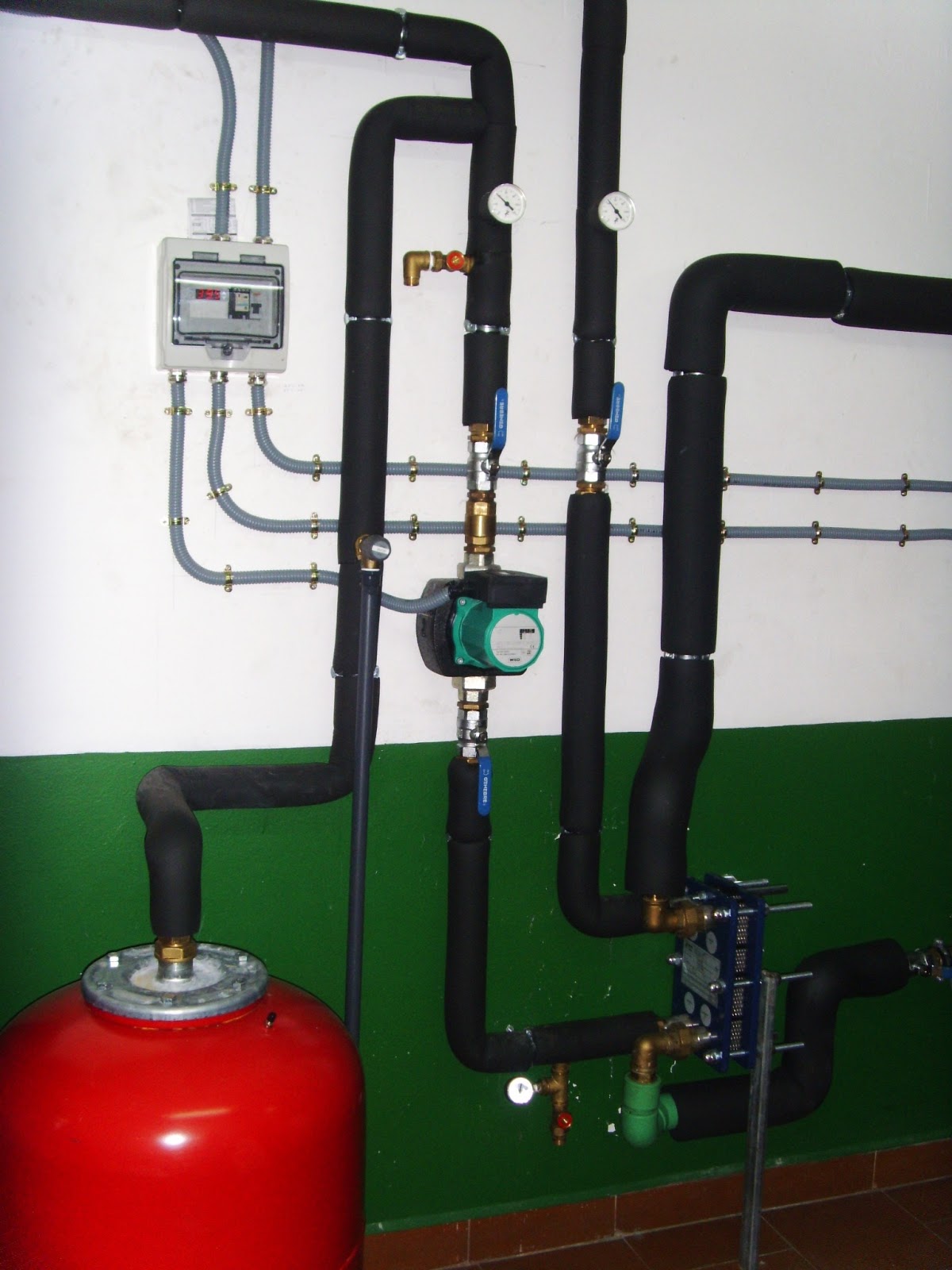 d) Exchange system: exists in case the fluid flowing through the solar collectors is not the same as the one used by the user; for example when there is frost risk or user fluid can damage the solar system. The exchanger can be part of the same accumulator or located outside.
d) Exchange system: exists in case the fluid flowing through the solar collectors is not the same as the one used by the user; for example when there is frost risk or user fluid can damage the solar system. The exchanger can be part of the same accumulator or located outside.

e) Control system: in pumps forced circulation systems will be in charge to start and stop them. Different components system actuation (motorized valves, pumps, etc.) is done through control mechanisms.

f) Auxiliary energy system: generally solar system economic viability requires that total energy demand cannot be met with solar input at all times. The energy produced by solar system depends on climatic conditions and that is why an auxiliary energy production system is available. These support equipment complement the solar system in order to ensure at all times hot water service continuity.

Solar thermal systems have a great similarity with conventional thermal systems.
In fact, they share all their components (pipes, protection mechanisms, accumulation tanks, exchangers, pumping groups, insulation) except one: solar collectors.
This content was extracted from Solar Thermal Energy Technical & Commercial Manual and is part of Solar e-learning.
Solar energy wherever you are with Sopelia.



